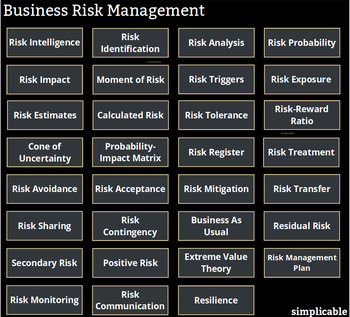
Cost of Debt
Cost of debt includes interest payments and fees for instruments such as lines of credit and bonds.Cost of Equity
Cost of equity is based on market prices and reflects the expected rate of return of the company's investors. This is influenced by factors such as risk and the comparable rate of return offered by competing investments in the market.Relevance
Cost of capital is critical to the business strategy of a firm because investors expect a business to achieve a higher rate of return than cost of capital. For example, if a firm's cost of capital is 10%, a strategy that returns 8% will be viewed negatively. Additionally, any strategy that is perceived as risky will increase a firm's cost of capital as investors and bond holders demand a higher risk premium on their investments.| Overview: Cost Of Capital | ||
Type | ||
Definition | The cost of a firm's funding including both equity and debt issues. | |
Examples | A company issues $1 Billion in equity. It is priced for an annual return of 11% based on the company's financial forecasts for the following year.A large company with a high credit rating issues long term bonds that yield 5% per annum. | |
Related Concepts | ||





























